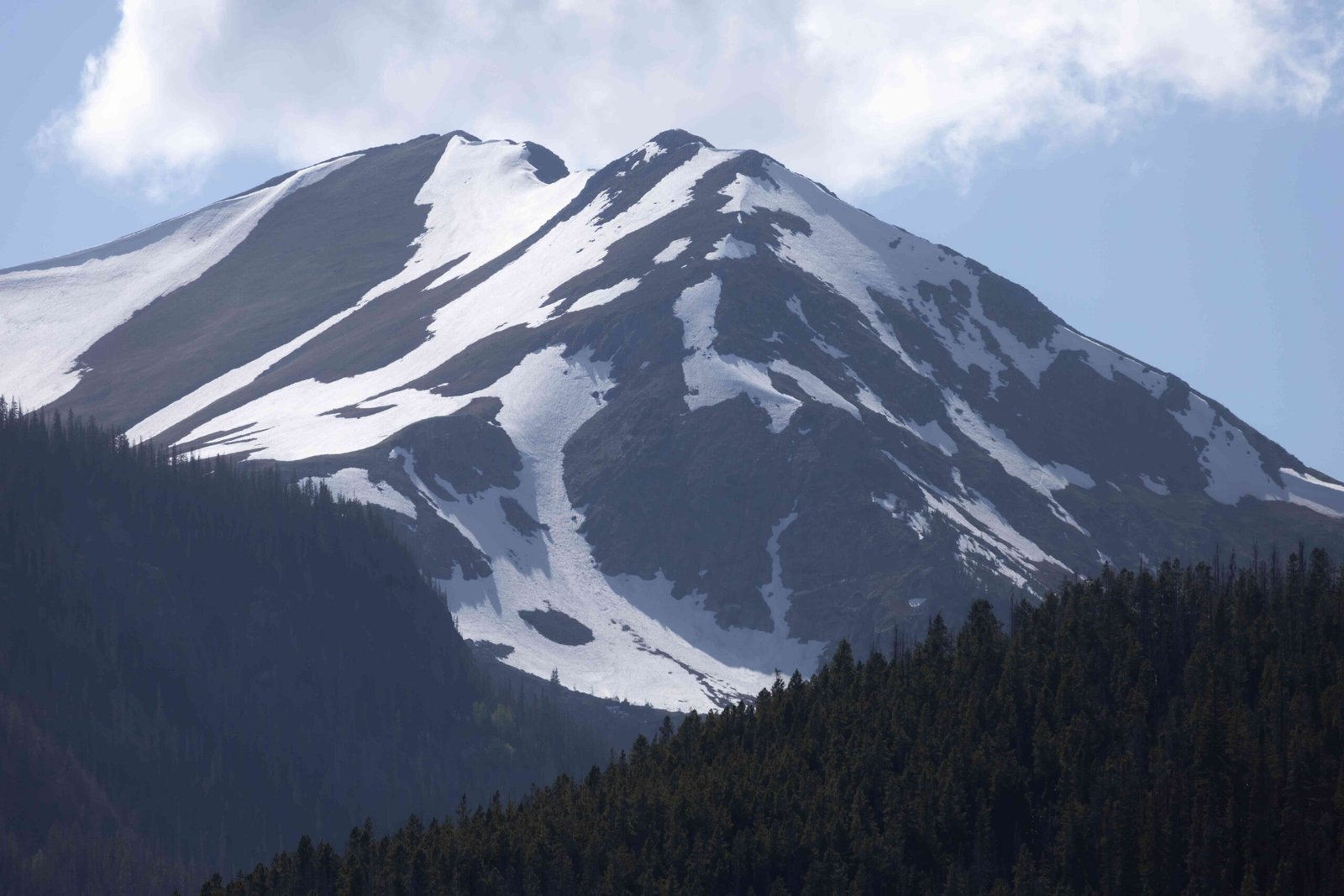Black bear attacks in Rocky Mountain National Park are rare but can occur. While the park is home to a significant black bear population, incidents involving humans are infrequent. However, as visitor numbers increase and bear habitats overlap with human activities, the potential for encounters rises. This guide provides essential information on black bear behavior, attack prevention, and safety measures for park visitors.
What is the Current Situation of Black Bear Attacks in Rocky Mountain National Park?

Rocky Mountain National Park, spanning 415 square miles of diverse mountain environments, is home to a thriving black bear population. While exact numbers fluctuate, it’s estimated that 20-30 black bears inhabit the park. Despite this presence, reported attacks on humans are extremely rare.
Recent Statistics:
- Confirmed black bear attacks in the park: 0 in the last decade
- Bear sightings reported annually: Approximately 100-150
- Areas with highest bear activity: Moraine Park, Glacier Gorge, Bear Lake Road corridor
It’s important to note that while attacks are rare, bear-human interactions do occur. Most of these are non-aggressive encounters where bears are simply passing through areas frequented by humans.
How Can Visitors Prevent Black Bear Encounters?

Preventing black bear encounters is crucial for both human safety and bear conservation. Here are key strategies:
- Proper Food Storage
- Use bear-resistant food containers
- Store food and scented items in vehicle trunks
-
Never leave food unattended, even for a short time
-
Campsite Management
- Keep a clean campsite
- Dispose of garbage in bear-proof dumpsters
-
Don’t cook or store food near your tent
-
Hiking Precautions
- Make noise while hiking (talk, sing, clap)
- Hike in groups when possible
- Stay on designated trails
-
Be extra cautious during dawn and dusk
-
Bear Spray
- Carry EPA-approved bear spray
- Know how to use it properly
- Keep it easily accessible
What Should You Do If You Encounter a Black Bear?
If you encounter a black bear in Rocky Mountain National Park, follow these steps:
- Stay calm and assess the situation
- Do not run – this may trigger a chase response
- Make yourself look big – raise your arms and spread your jacket
- Make noise – speak firmly and loudly
- Slowly back away while facing the bear
- If attacked, fight back with everything you have
Remember, most black bears will avoid confrontation if given the chance.
What Are the Signs of Aggressive Black Bear Behavior?
Recognizing signs of aggression can help you respond appropriately:
- Bluff charges: Short rushes or foot stomping
- Jaw popping: Loud clacking of teeth
- Swatting the ground: With paws
- Direct eye contact: Accompanied by lowered head
- Ears laid back: Against the head
If you observe these behaviors, slowly back away and prepare to use bear spray if necessary.
How Does Rocky Mountain National Park Manage Black Bears?
The park employs a comprehensive bear management strategy:
- Education: Visitor information programs and signage
- Enforcement: Strict food storage regulations
- Monitoring: Tracking bear activity and movements
- Aversive Conditioning: Using non-lethal methods to discourage problem bears
- Habitat Management: Protecting natural food sources
| Management Action | Description | Frequency |
|---|---|---|
| Visitor Education | Ranger talks, brochures, signs | Daily |
| Bear-proof Infrastructure | Installation of food lockers, trash cans | Ongoing |
| Bear Tagging | For monitoring and research | As needed |
| Area Closures | When bear activity is high | Seasonal |
What Are Some Misconceptions About Black Bears in Rocky Mountain National Park?
Several myths persist about black bears in the park:
-
Myth: Black bears are always black.
Fact: They can be various colors, including brown, cinnamon, or blonde. -
Myth: Bears are most active at night.
Fact: They’re often active during dawn and dusk. -
Myth: Playing dead works for black bears.
Fact: This strategy is for grizzly bears, not black bears. -
Myth: Bears are naturally aggressive.
Fact: Most bears avoid human contact unless provoked or habituated. -
Myth: Loud music scares bears away.
Fact: This can actually attract curious bears.
How Has Climate Change Affected Black Bear Behavior in Rocky Mountain National Park?
Climate change is impacting black bear behavior in several ways:
- Extended Active Seasons: Warmer temperatures lead to longer periods of bear activity.
- Altered Hibernation Patterns: Some bears are entering dens later and emerging earlier.
- Food Source Changes: Shifts in plant phenology affect bear foraging habits.
- Increased Human-Bear Interactions: As bears adapt to changing conditions, they may venture into new areas.
Park biologists are closely monitoring these changes to adapt management strategies accordingly.
By understanding black bear behavior and following park guidelines, visitors can safely enjoy Rocky Mountain National Park while coexisting with its bear population. Remember, a safe visit is one where bears remain wild and undisturbed by human presence.
References:
1. National Park Service – Rocky Mountain Wildlife
2. Colorado Parks & Wildlife – Living with Bears
3. USDA Forest Service – Be Bear Aware

